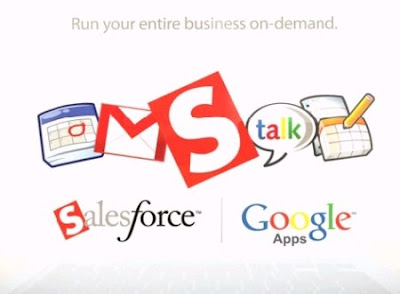 The world's largest cell phone maker is pulling out of one of the world's biggest cellular markets. Nokia said on Thursday that it will stop developing handsets for NTT DoCoMo and Softbank Mobile, effectively ending a push that began five years ago when Nokia re-entered the Japanese market with the launch of 3G services here.
The world's largest cell phone maker is pulling out of one of the world's biggest cellular markets. Nokia said on Thursday that it will stop developing handsets for NTT DoCoMo and Softbank Mobile, effectively ending a push that began five years ago when Nokia re-entered the Japanese market with the launch of 3G services here.The current global economic conditions pushed Nokia to withdraw from the Japanese market, said Thomas Jonsson, a company spokesman. Faced with lower demand for cell phones the company is examining its operations worldwide and decided that development for the Japanese market is not a priority.
Nokia will keep a research and development center open in Japan and continue its procurement activities. The plan also won't affect its high-end Vertu brand handsets. A recent press report, which Jonsson declined to comment on, said Nokia would launch an MVNO (mobile virtual network operator) next year through which it would provide service for Vertu.
Nokia's decision probably says more about the Japanese market than it does about Nokia. Handsets from NEC, Fujitsu, Sharp, Panasonic and other domestic makers, which are typically developed in close cooperation with carriers and highly tuned to local tastes, are most popular here and no foreign phone maker enjoys the same level of popularity here that it does in other major markets.














